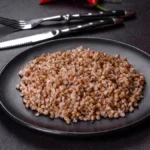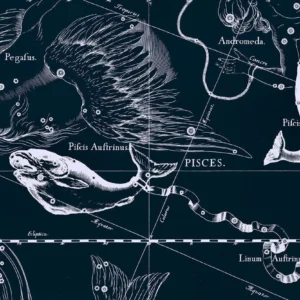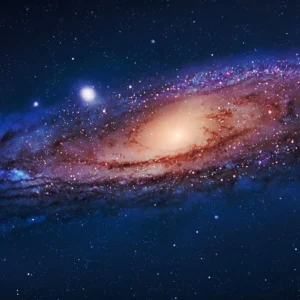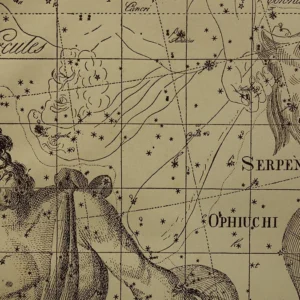Soil – it’s not just a loose layer of earth. It is a complex and dynamic component of the ecosystem, formed over thousands of years under the influence of various factors.
Its base consists of mineral particles formed from the weathering of rocks. Over time, organic matter, known as humus, is added, which is formed from the remains of dead plants and animals. Soil also contains water and air, which fill the pores between mineral particles.
Thanks to its unique structure, soil can provide plants with essential nutrients, water, and air. It is also home to numerous animals and microorganisms that play a crucial role in its ecosystem. All these features differentiate soil from rock. Read on for more details.
Without soil, life on Earth would be impossible. It is the foundation for agriculture, a source of clean water, and an important factor in climate regulation.
This is why it is so important to protect soils from erosion, pollution, and other negative impacts.
Earlier we wrote: Global Warming: Truth and Myths, Causes and Consequences
What Happens to Soil? And Why It Matters! – Watch the Video
If you want to learn more about what soil is and what happens to it, watch the video:
The Soil Formation Process. What is Soil Made Of?
Soil formation is an amazing natural process that begins with the weathering of rocks. Under the influence of heat, cold, water, and wind, solid rocks break down into smaller particles. These particles, when mixed with organic matter, become the basis of soil.
Initially, under the influence of external factors, rocks break down into larger chunks. Over time, these chunks are further broken down into sand, clay, and other fine fractions. This process, known as physical weathering, is just the first step in soil formation.
Simultaneously, chemical weathering occurs. Water seeping through rocks dissolves minerals, changing the chemical composition of the soil. This process can lead to the formation of new minerals as well as the leaching of some elements from the soil.
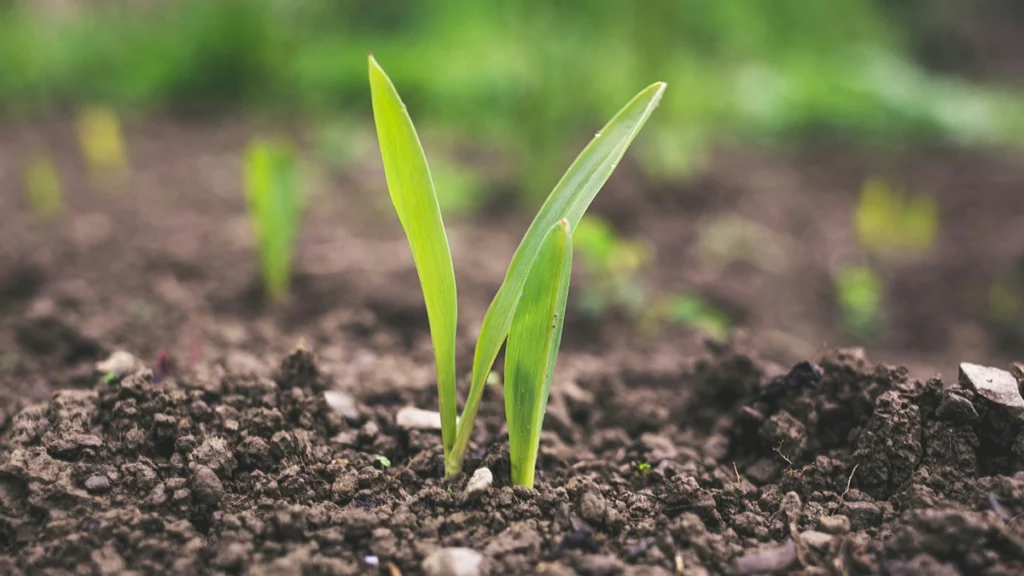
Organic matter, such as fallen leaves and dead animals, also plays an important role in soil formation. Gradually decomposing, they enrich the soil with nutrients and improve its structure.
The interaction of these factors – physical and chemical weathering, as well as organic matter – leads to the formation of soil. Soil is not just a mixture of mineral particles but a complex environment where millions of organisms live. These organisms, from bacteria to earthworms, also affect the soil, making it looser, more fertile, and suitable for plant life.
All these factors interact with each other, creating different types of soils. For example, in forest areas, soils are usually acidic and rich in humus, while in steppe areas, they are more alkaline and loose.
The soil formation process can take thousands of years and depends on many factors such as the type of rock, climate, relief, and vegetation. Understanding this process is key to soil conservation and fertility.
What is Rock and How is it Different from Soil?
Rocks are amazing natural formations composed of minerals. Their diversity is striking: from hard, like granite, to loose, like sand. Each rock has its unique history and properties, as they are formed by various geological processes.
For example, some rocks form when magma, molten liquid from the Earth’s interior, solidifies. This process can occur both on the surface and in the depths of the earth’s crust, resulting in strong and durable rocks such as granite, basalt, and gabbro.
Other rocks form from sediment accumulated over millions of years. This can include the remains of living creatures, sand, and clay. Sedimentary rocks are usually soft and loose, such as sandstone, shale, or limestone.
There are also rocks formed from the weathering of existing rocks, a process caused by various factors such as water, wind, and temperature fluctuations. This results in loose and friable rocks like clay, sand, and gravel.
Soil and Rock: Key Differences
The main difference between soil and rock lies in its fertility. Soil contains organic matter, humus, which provides plants with nutrients necessary for growth and development. Rocks do not contain humus, so they are not fertile.
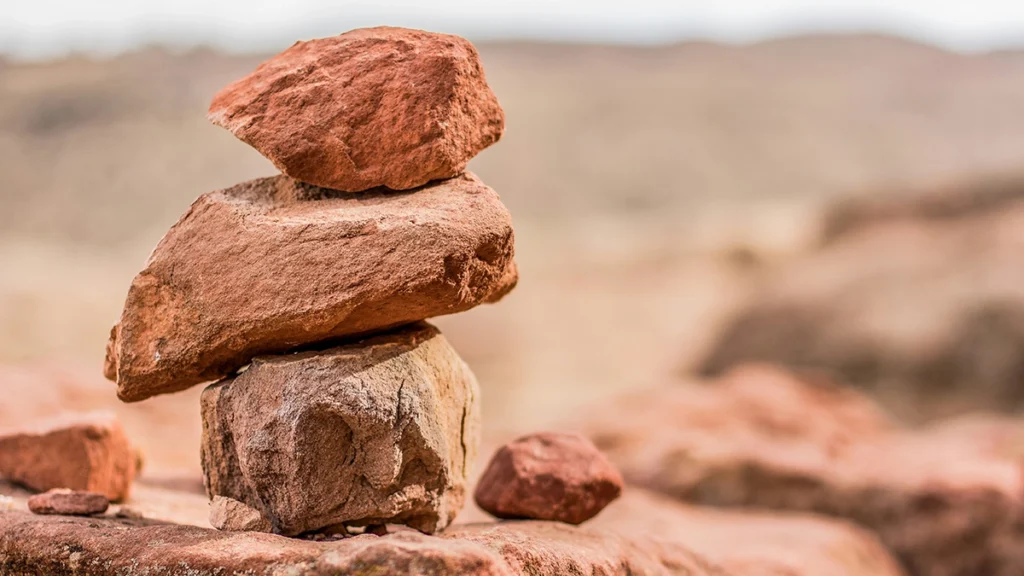
Besides fertility, soil and rock differ in structure, composition, origin, and functions.
Structure of Soil and Rocks
- Soil has a loose structure that allows water and air to penetrate easily. This is important for plant growth, as they need both water and oxygen.
- Rocks have a dense structure that does not allow water and air to pass through.
Composition of Soil and Rocks
- Soil contains mineral particles, organic matter, water, and air. The mineral particles in the soil are formed as a result of rock weathering. The organic matter in the soil is humus, formed from dead plants and animals. Water and air fill the pores in the soil and provide plants with the necessary resources.
- Rocks consist of minerals. Minerals are natural chemical compounds with a crystalline structure.
Origin of Soil and Rocks
- Soil forms as a result of rock weathering. Under the influence of atmospheric factors, rocks break down, and soil forms in their place.
- Rocks form as a result of geological processes, including volcanism, earthquakes, mountain formation, and others.
Function of Soil and Rocks
- Soil is the basis for plant life and the habitat for many animals and microorganisms. Plants grow in the soil, receiving water, nutrients, and oxygen from it. Animals and microorganisms live in the soil, breaking down organic matter and converting it into nutrients that plants can use.
- Rocks are used in construction, mining, and other purposes. Useful minerals such as coal, oil, gas, metal ores, and others are extracted from rocks.
Rock and Soil – Two Different Types of Natural Formations. Rocks are primary formations created by geological processes. Soil is a secondary formation created by the weathering of rocks and the activity of living organisms. Soil has fertility, unlike rocks. Soil is used in agriculture, while rocks are used in construction, mining, and other industries.
Conclusion
Soil is an important part of the ecosystem that not only provides plants with nutrients but also plays a key role in water conservation and climate regulation. Its features and functions determine the importance of protecting it and protecting it from negative human impact.
Questions and Answers About Soil and Rocks
Soil is the thin upper layer of the Earth’s surface composed of mineral particles, organic residues, water, air, and organisms, covering the surface of the land. It is the basis for plant life and is essential for the development of ecosystems.
The main difference between soil and rock lies in their composition and formation. Soil consists of minerals, organic residues, water, and air, while rock is a massive complex material formed by geological processes such as deposition, tectonics, or volcanic activity. Soil forms on the surface of rocks through the weathering of rock due to the action of water, wind, plants, and other physical and biological processes.
The main components of soil include mineral particles, organic residues, water, air, and various organisms such as microorganisms and plant root systems.
Factors that influence soil formation include climatic conditions, type of rock, tectonic activity, vegetation activity, animals and microorganisms, as well as the actions of water and wind.




